
The Value Stream Trifecta – Part 1: Why Good Methodologies Fall Short
Note: This is post is the first in a two-part series.
What we often see
IT leaders are called upon to deliver innovative solutions in support of business outcomes, while a rapidly changing technology landscape presents an evermoving target.
They need to not only bring value to market quickly. They must remain relevant through sustained value delivery.

Having spent over a decade helping IT leaders adopt leading methodologies to improve value delivery, I’ve observed some common patterns where system traps prevent IT leaders from achieving sustained results. This is where a dose of systems thinking can help.
Systems thinking is a discipline for seeing wholes. It is a framework for seeing interrelationships rather than things, for seeing patterns of change rather than static ‘snapshots’…Today systems thinking is needed more than ever because we are becoming overwhelmed by complexity.
— Peter Senge, The Fifth Discipline
Companies regularly adopt popular new methodologies and approaches based on a promise of achieving high productivity. What we see in practice is that these methodologies often struggle or fail to realize the value they promised.
- Some are adopted with initial incremental success but reach an early plateau
- Others fail to ever get off the ground
- The need to increase speed-to-market has continued to grow as markets become more dynamic, technology becomes more democratized, and the ability to fail fast and adapt faster is imperative
- Doing so while also continually delivering and refining customer value has proven to be an evasive goal for many
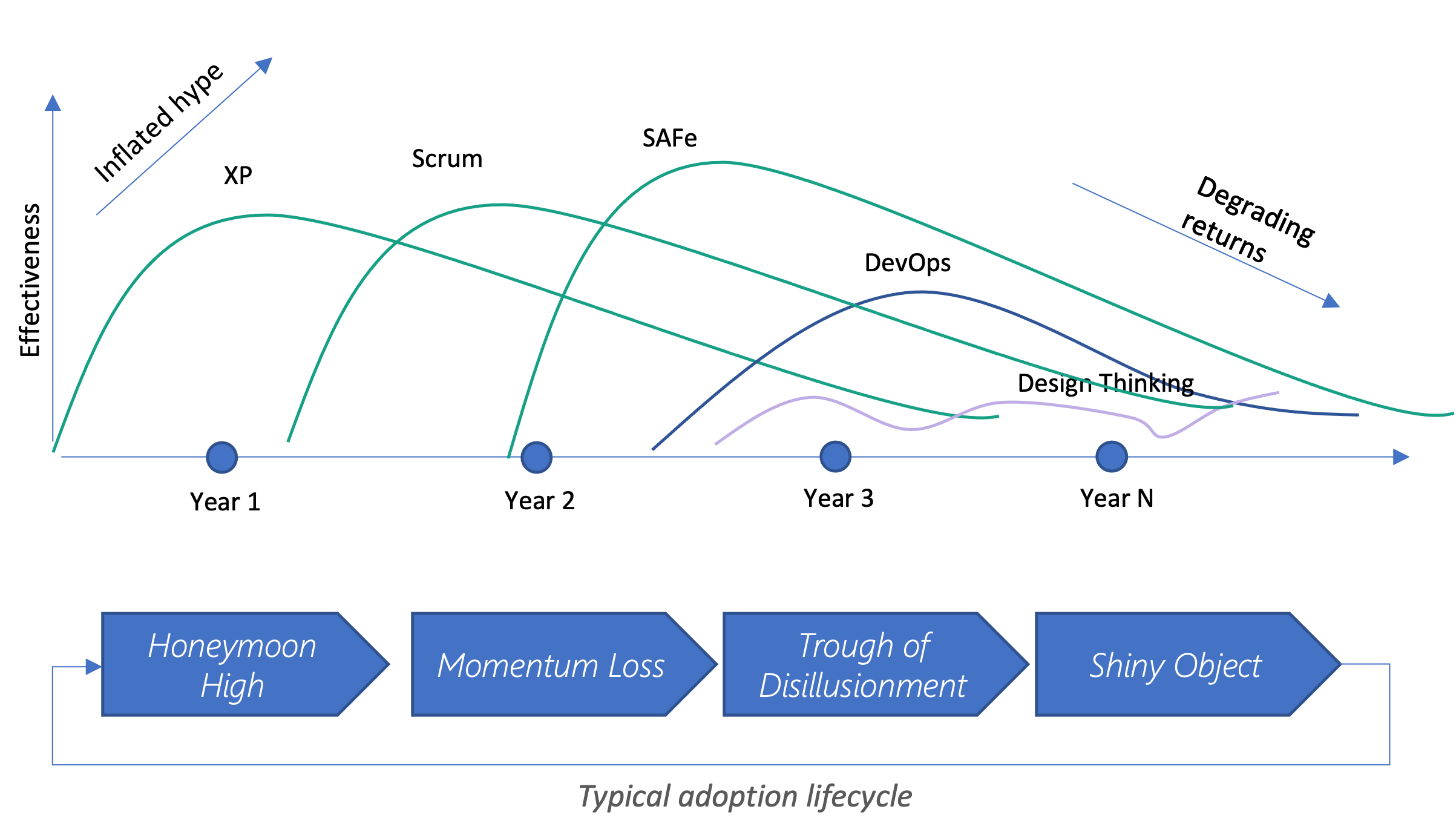
We often see great confusion about what causes performance deficit and what should be done about it. It is common to attribute blame to a methodology, tool, or another team within the organization. This can result in circular blaming as well as a counterproductive focus on problems without solutions.
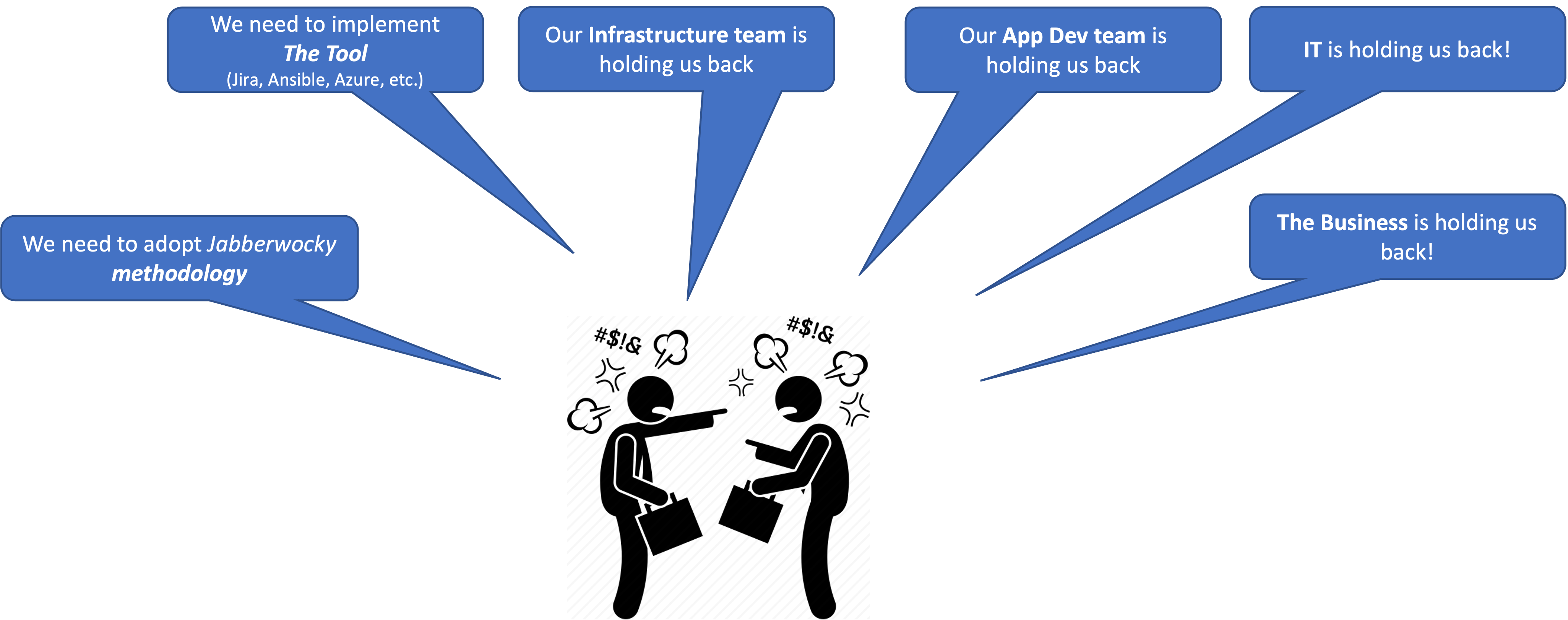
Meet the System Traps
This is an important clue that a systemic issue is likely at play. Systemic issues are also known as “system traps”. A system trap is a key symptom of a failing process.
…we call the system structures that produce common patterns of problematic behavior [system traps]
The destruction [system traps] cause is often blamed on particular actors or events, although it is actually a consequence of system structure
– Donella Meadows, Thinking in Systems
Failed attempts at sustained value delivery are often caused by separately optimizing subsystems of the value stream leading to system traps. Below is a list of the four most common system traps and the symptoms we typically see caused by them.
Common System Traps
- Bottleneck
- Starved Resources
- Feature factory
- Warehouse of Perfection
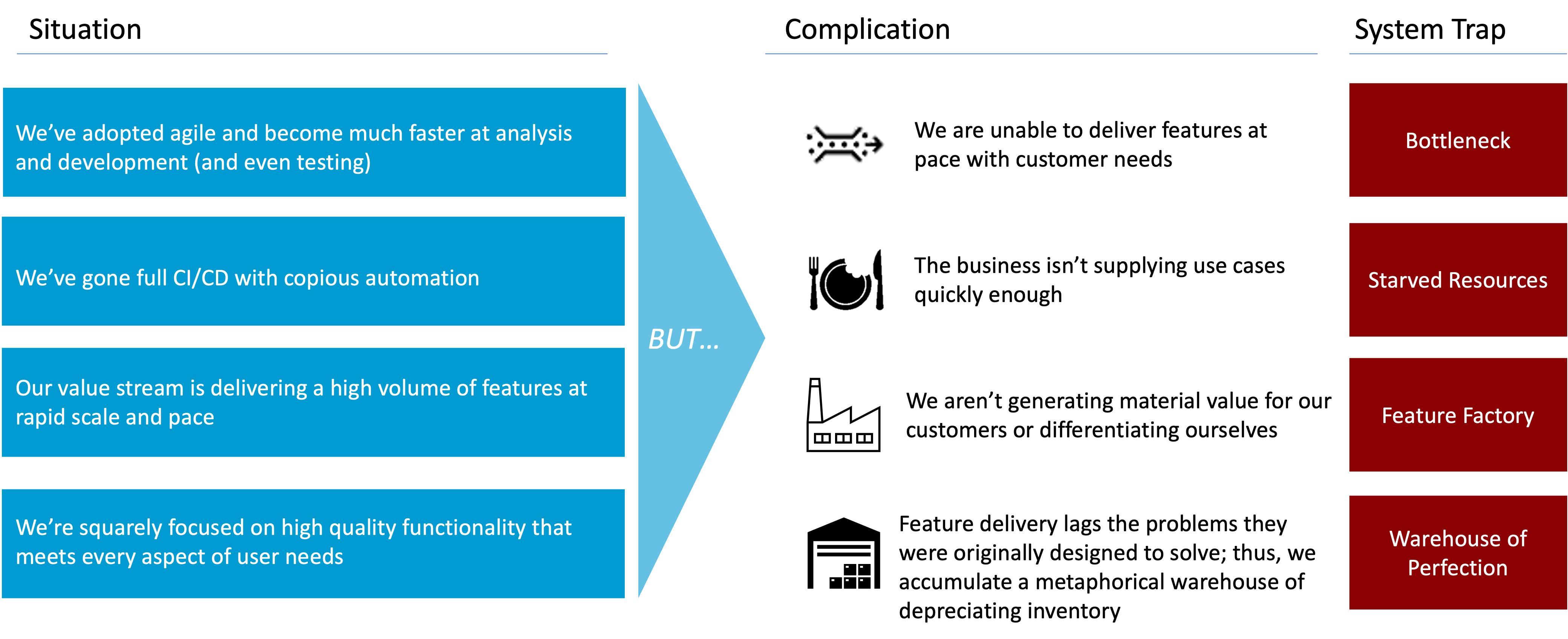
Searching for the right mental model
What’s missing is a shared mental model to apply tools and methodologies holistically and adaptively to achieve transformational and sustainable change.
- A holistic model maximizes the amplitude of change
- An adaptive process promotes sustainable change over time

Identifying the correct mental model starts with the familiar concept of a value stream like the one pictured below. Here a value stream simply reprewsents the people, process, and technology that let and organization convert a business (or customer/market) need into an enabling feature which meets that need to create value.
Business Need + Enabling Feature = Value
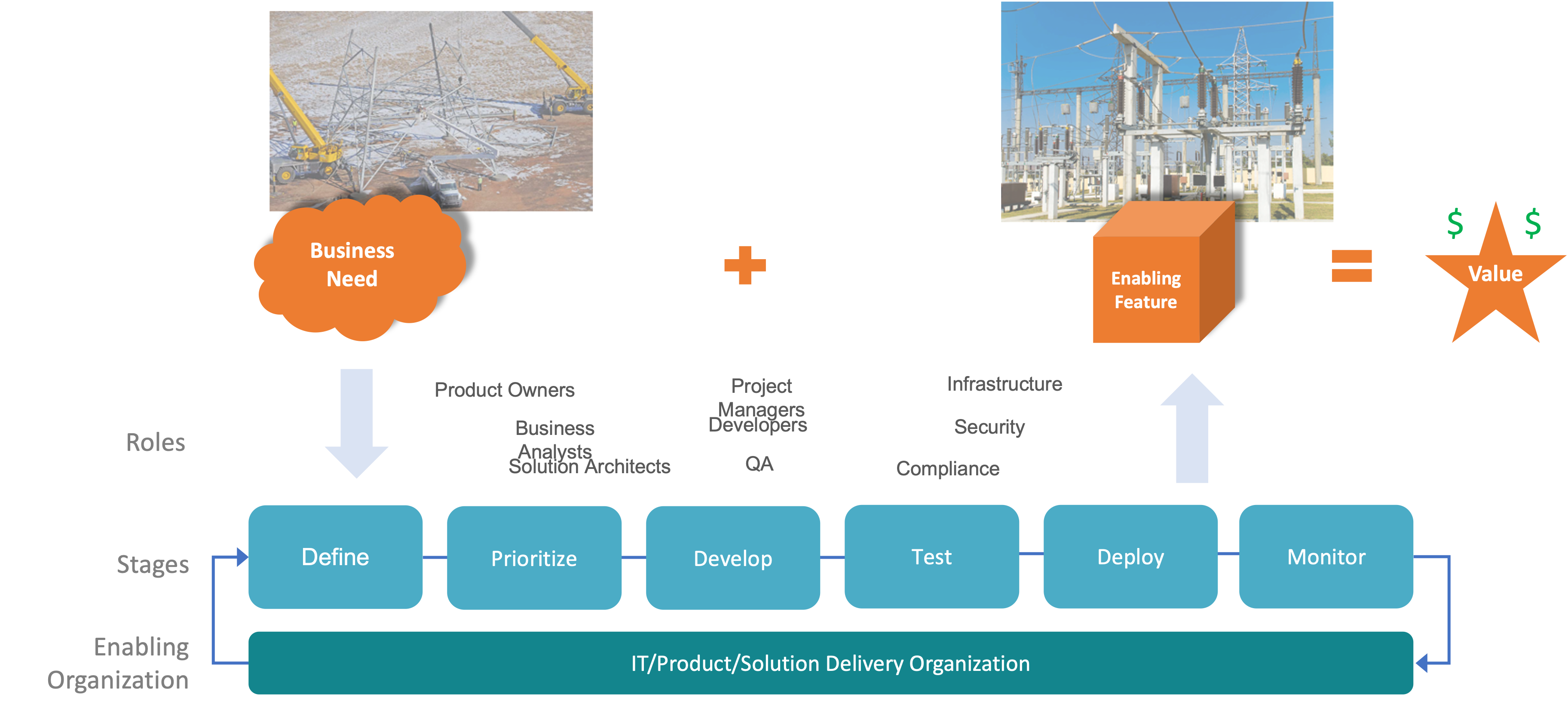
Introducing the Value Stream Trifecta
Distilling this conventional value stream model down to three key subsystems reveals a powerful new model for identifying imbalances. We can think of this model as merely a projection of the previous (conventional) model with three dimensions or axes, one for each subsystem.
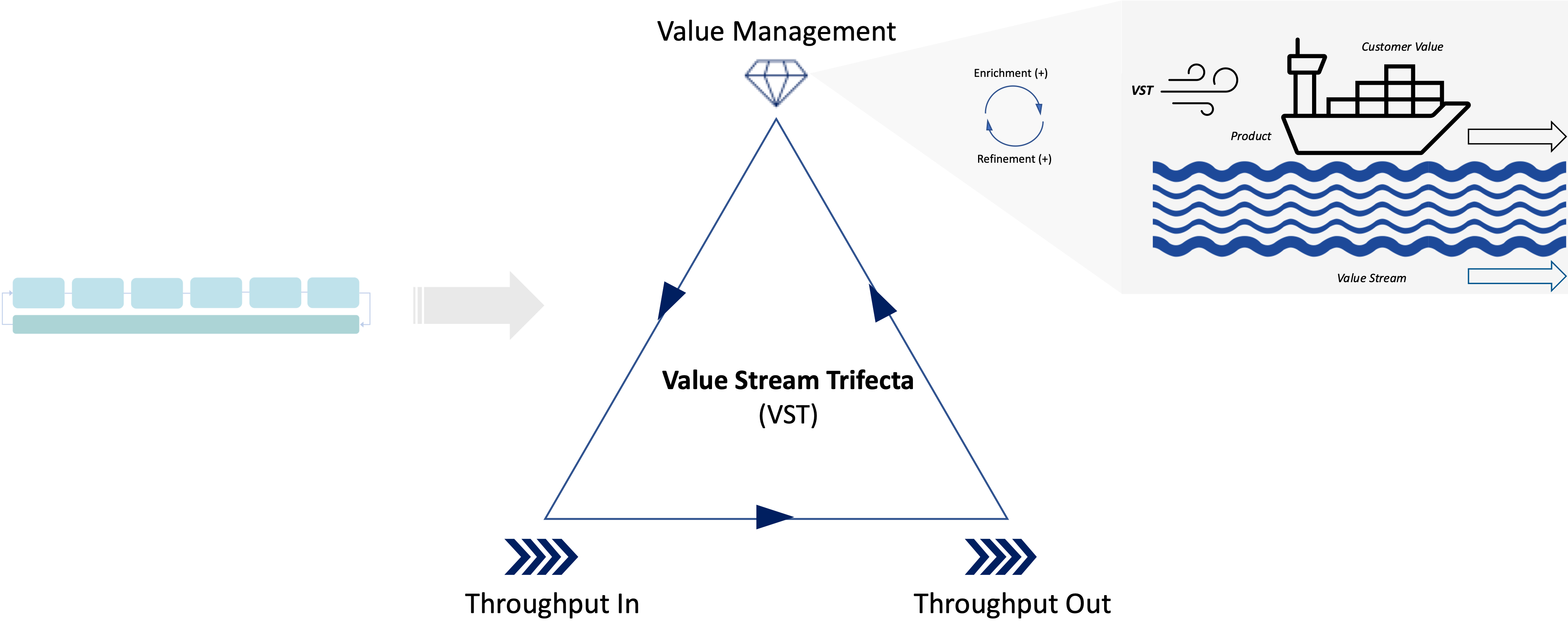
With this new projection, we can enhance our focus to a new system goal: to balance these three key subsystems.
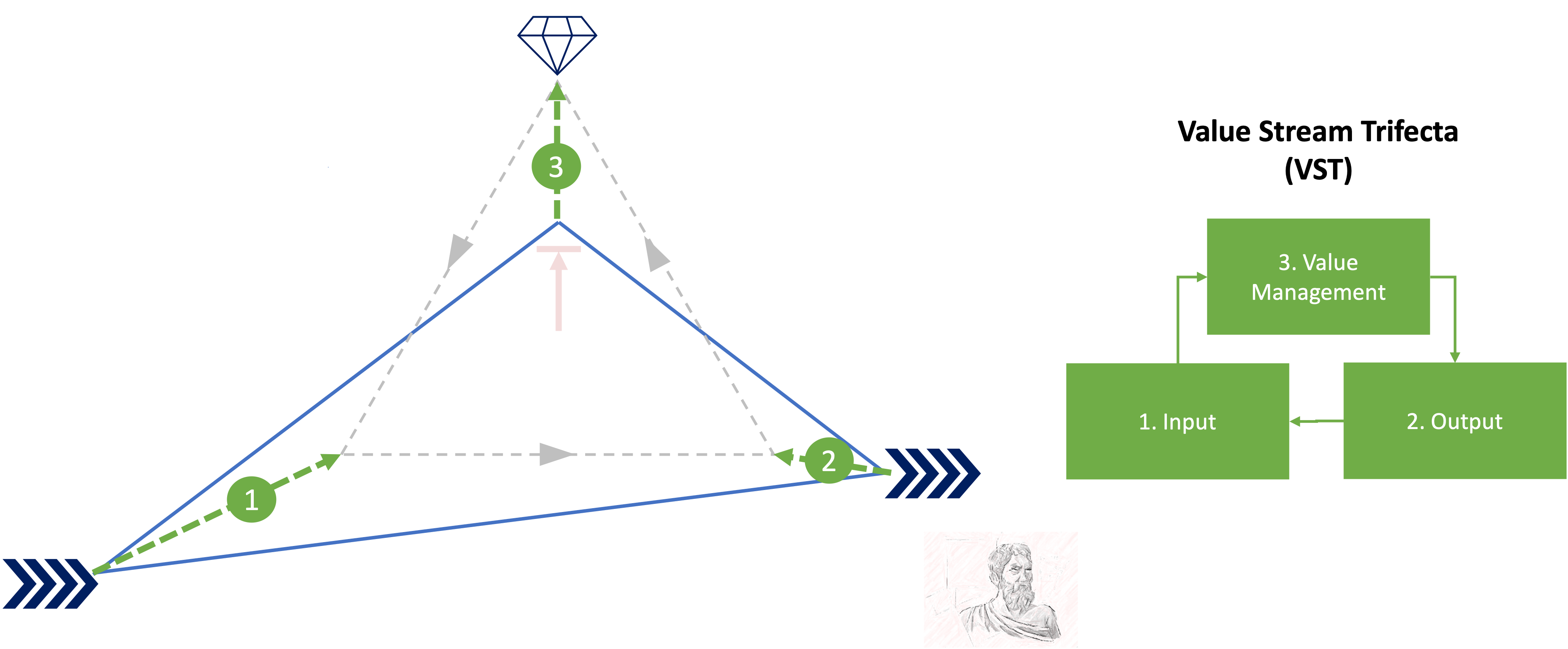
This goal will require continual monitoring and adjustment over time, but the adjustments will be incremental and thus less costly, disruptive, and risky. We can think of this target state as a type of dynamic equilibruium. Organizations that find themselves out of equilibrium will experience diminishing performance over time.
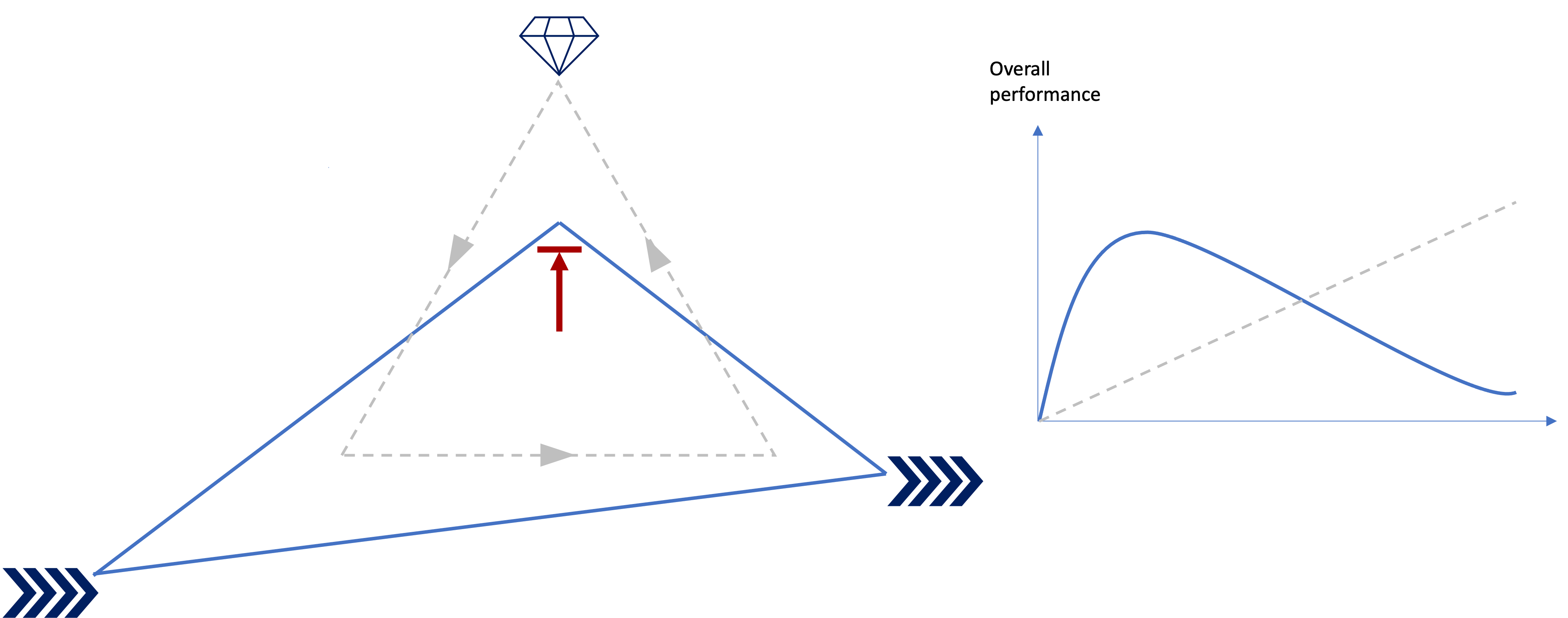
With this new model we begin to see the common system traps in a new light, illuminating a vantage point from which we can better structure our approach to addressing the issues that are impeding value delivery.
Stay tuned for Part 2 of this series:
Value Stream Trifecta – Part 2: How To Fix Our Failing Methodologies
